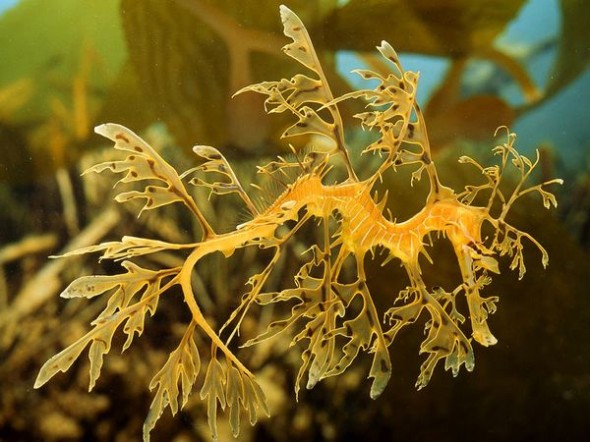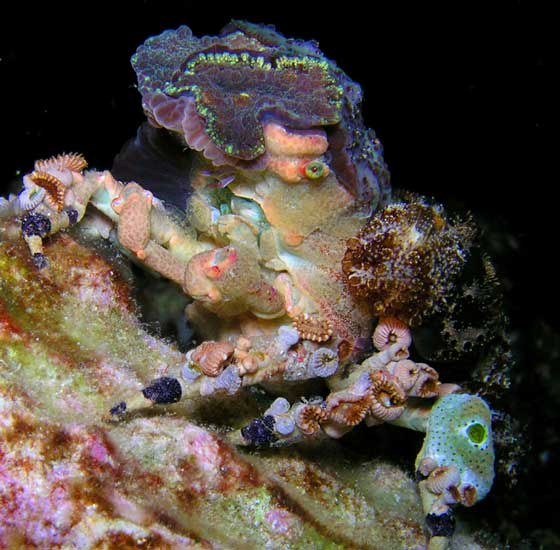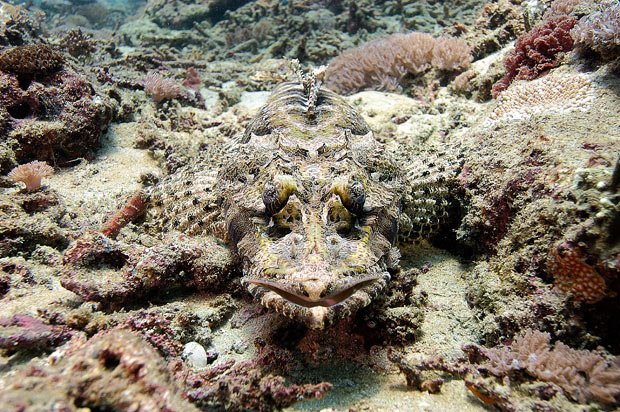I’m sharing below another in my series of quick micro-takes on German idealist philosophers. This one tracks Schelling’s break with Fichte. (See my post on Kant and Fichte here.) This break in mind, it’s plain enough to see why Schelling has become such a rallying point in the Continental scene as of late. Not only because of the resurgence of speculative philosophy, mind you, but also because of related trends, such as the ongoing movement towards an environmental (or ecological) humanities. In many ways, Schelling’s problems are still our own, even if our empirical details are more numerous.
As Frederick Beiser tells it, “Schelling’s break with Fichte is largely a tale about the development of his Naturphilosophie” (483). The development of the Naturphilosophie can in turn be read as Schelling’s answer to the failure of epistemology to finally secure and describe the interaction between the mental and physical, the subjective and objective, the ideal and real, the representation and its object. In addressing the question, How do we know that our concepts correspond to the world? Schelling would break not only with Fichte but with many of the suppositions of philosophy after Descartes. As Beiser notes, “Schelling became convinced that rather than providing a presuppositionless starting point [in the Cogito, the Transcendental Ego, and so on], epistemology had some dubious presuppositions all its own” (471) such that “he recognized that the solution to the fundamental problems of epistemology requires nothing less than metaphysics” (466). Continue reading







